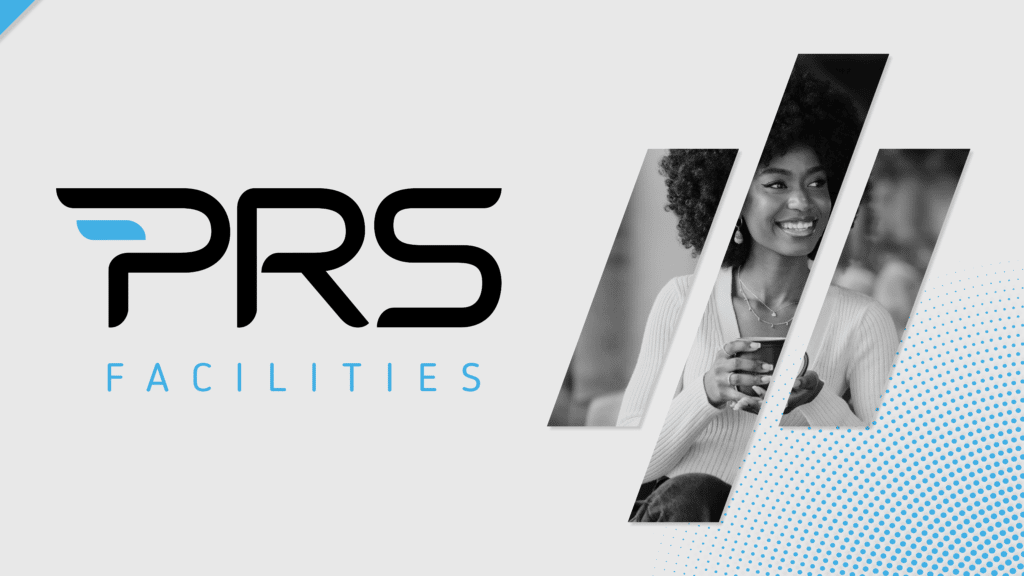Construction Jobs Trends and Challenges in 2025
The construction industry is in a state of constant metamorphosis, driven by the advent of new technologies, shifting workforce demographics, and the persistent demand for sustainable and efficient practices.
As we go through 2025, construction professionals will encounter both exhilarating prospects and daunting hurdles that are poised to reshape the industry’s trajectory. This article provides an in-depth analysis of the prevailing trends shaping construction jobs and the challenges that accompany them. It also offers strategies to navigate this ever-evolving domain effectively.
The construction sector is increasingly recognized for its strategic importance to the economy, demanding innovation, safety, and sustainability. The industry’s evolution has extended beyond traditional construction to encompass experts in digital technologies and sustainable methods, reflecting a significant shift in the job landscape.
Key Trends Influencing Construction Jobs by 2025
1. Technological Disruption and Digital Integration
Construction jobs are being redefined by the integration of digital tools, such as Building Information Modeling (BIM), drones, and project management software. These advancements are essential for planning, executing, and monitoring projects.
- BIM Technology: BIM enables the creation of detailed 3D models, facilitating collaboration and reducing errors.
- Drones and Remote Monitoring: UAVs are increasingly used for site surveying and inspections, enhancing project management.
- Robotics and Automation: Automated machinery is improving efficiency and reducing human error.
- Digital Project Management: Cloud-based platforms and mobile apps ensure real-time connectivity among stakeholders.
The construction workforce of the future will require a blend of traditional skills and digital expertise to capitalize on these trends effectively.
2. Labor Shortages and the Skills Gap
The industry faces an impending shortage of skilled workers, partly due to an ageing workforce and a lack of appeal to younger generations. Addressing this gap involves:
- Investment in Training Programs: Develop comprehensive training and certification initiatives.
- Collaboration with Educational Institutions: Form strategic partnerships to attract new talent.
- Upskilling Existing Staff: Offer continuous professional development opportunities.
The Associated General Contractors of America (AGC) anticipates a shortfall of up to 430,000 workers by 2025, emphasizing the need for workforce planning and talent development.
3. Sustainability and Green Building
Environmental sustainability is a dominant force in the construction industry, necessitating innovative practices.
- Energy-Efficient Buildings: There is a growing emphasis on designing structures that minimize energy consumption.
- Green Materials: The use of sustainable materials is becoming standard practice.
- Waste Reduction: Implementing efficient waste management is crucial for environmental impact minimization.
- Certifications: LEED and BREEAM certifications demonstrate commitment to sustainability, leading to operational cost reductions and increased property values.
4. Health, Safety, and Regulatory Compliance
Ensuring a secure workplace remains a critical concern amid evolving regulations and technologies.
- Advanced Safety Gear: Integrate smart wearables for real-time monitoring and risk reduction.
- Workplace Safety Training: Regularly update staff on safety protocols and best practices.
- Regulatory Challenges: Stay abreast of evolving environmental and workplace safety guidelines.
- Digital Safety Monitoring: Leverage new systems for real-time monitoring of safety metrics.
5. The Emergence of Hybrid and Remote Work
While on-site labour is irreplaceable, remote and hybrid work models are gaining prominence in project management.
- Remote Project Management: Utilize digital tools for offsite project oversight.
- Flexible Office Spaces: Design workspaces suitable for both collaborative and remote work.
- Work-Life Balance: Enhanced flexibility can increase job satisfaction.
Major Challenges for the Construction Workforce
- Skill Shortages and Training Requirements
With a shrinking workforce, the skills gap is a pressing issue demanding attention.
- Balancing Innovation with Budget Constraints
Investing in advanced technologies requires careful financial planning.
- Integration of New Technologies
Adapting to new systems while maintaining legacy infrastructure can be complex.
- Regulatory and Compliance Pressures
Keeping up with environmental and workplace regulations is a constant struggle.
Strategies to Overcome Challenges
- Foster a Culture of Learning and Development
Implement regular training programs and certifications to keep employees up to date.
- Leverage Cutting-Edge Technology
Invest in AI-powered analytics and IoT-based systems for improved efficiency.
- Prioritize Sustainability
Adopt green technologies and practices for cost savings and environmental benefits.
Tools and Technologies Shaping the Industry
- Energy Management Systems (EMS)
- Building Management Systems (BMS)
- IoT Devices and Sensors
- Mobile Applications
These technologies enhance management capabilities and support sustainable operations.
Practical Steps to Future-Proofing Your Construction Job
- Conduct a comprehensive audit of existing systems and processes.
- Develop a strategic roadmap with clear objectives and timelines.
- Invest in the right tools and technologies for long-term success.
- Focus on workforce development through ongoing training and incentives.
- Monitor, review, and adapt strategies to stay ahead of the curve.
Looking Ahead: The Future of Construction Jobs in 2025
The industry will continue to evolve. It’s no longer just about constructing great infrastructure, though that’s still a big part. With the integration of AI, IoT, and sustainable practices. Embracing innovation, prioritizing sustainability and investing in workforce skills are the keys to navigating the future of construction jobs. Adaptation is essential for professionals and businesses seeking to flourish in this dynamic environment. For more information, contact a member of our team at (281) 779 4186.
Share Article
Related Articles

What are technical skills?
You may have heard of soft skills and hard skills; soft skills are personal attributes that help individuals interact effectively with others. These skills are often more complicated to measure but are crucial for teamwork and workplace success. On the other hand, hard skills are specific, teachable abilities that can be measured and learned through…

Data Centre Trends and Challenges for 2025: A Recruitment Expert’s Perspective
The data centre industry is at a pivotal moment. The rapid evolution of technology in 2025 has created a surge in the demand for digital infrastructure, shifting workforce dynamics and reshaping the digital landscape. For professionals in the data centre sector—whether engineers, project managers, or technicians—the opportunities are vast, but so are the challenges. At…
